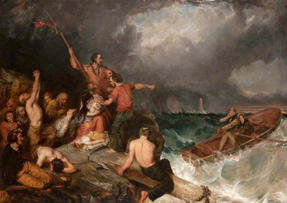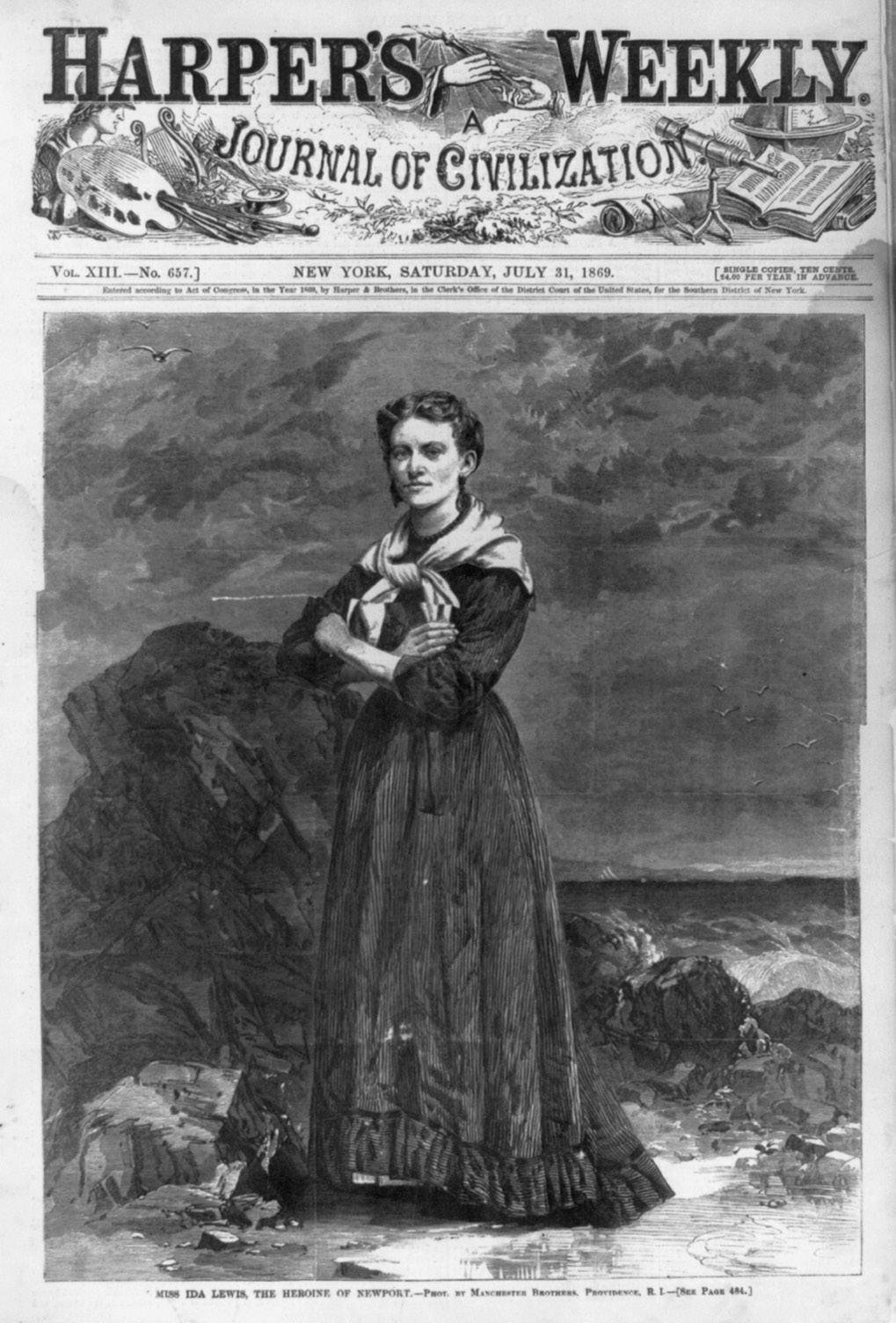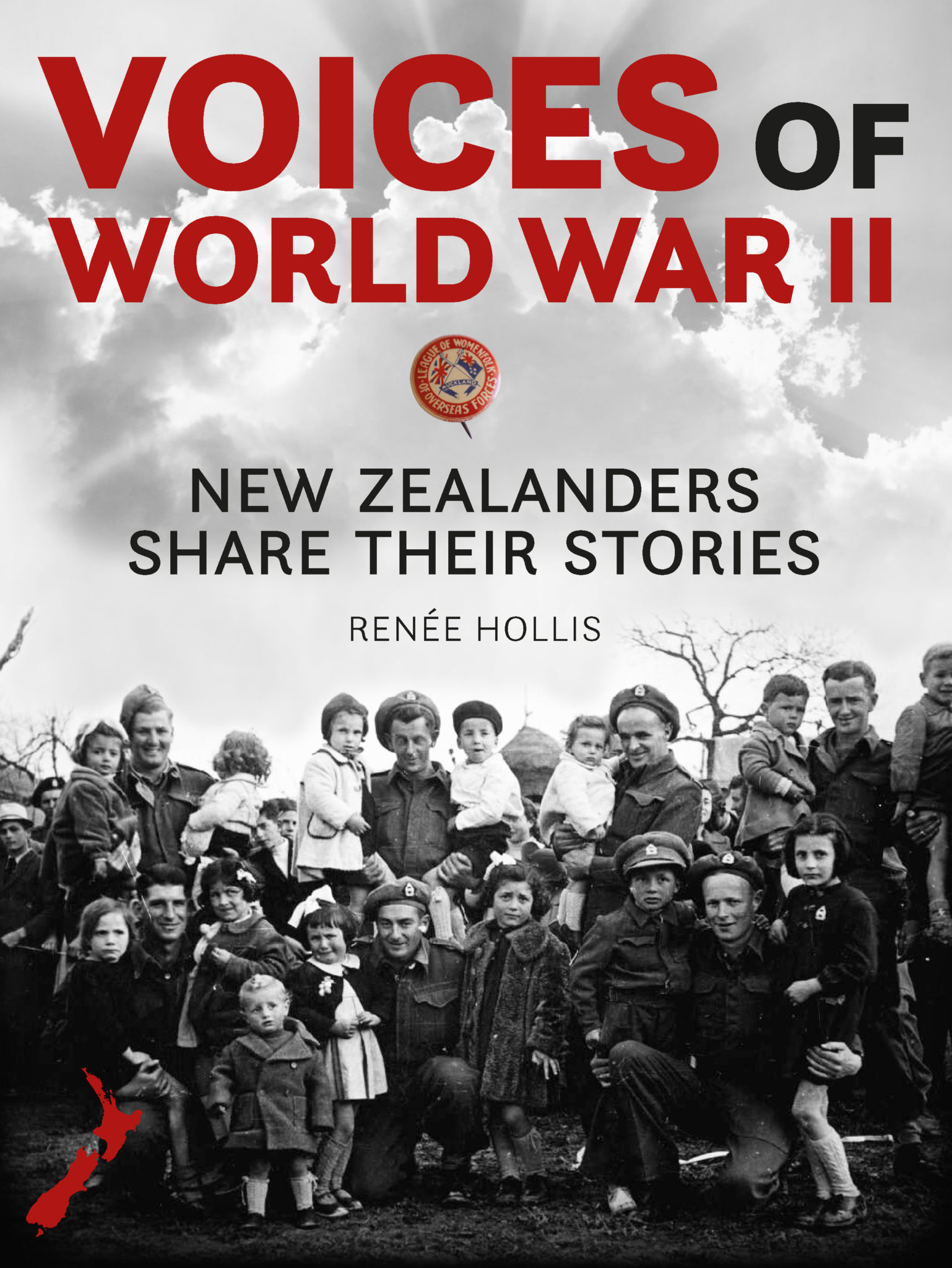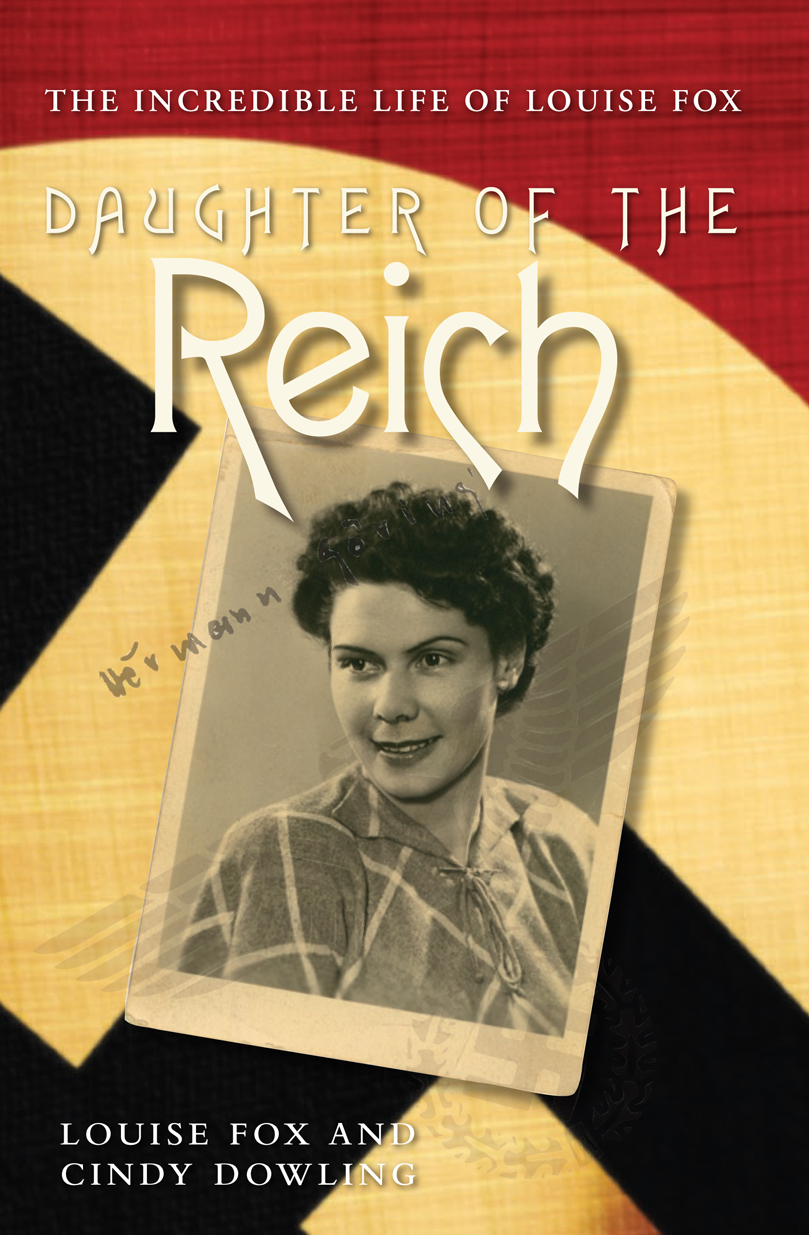Amazing women have existed throughout history, and their stories are full of heroic acts, resilient character, and formidable strength.
March is a Women’s History Month – a time to honour the women who came before us, and to provide them the place they deserve in our historic narrative.
To commemorate this special month, we are sharing the stories of two iconic women – Grace Darling & Ida Lewis.
The following extracts and images are from Guiding Lights by Shona Riddell, a book that shines a light on the extraordinary lives of female lighthouse keepers.
‘I never thought of danger when people needed help. At such times you’re busy thinking of other things.’
— Ida Lewis

GRACE DARLING:
‘THE GIRL WITH THE WINDSWEPT HAIR’
(1815 – 1842)
“Grace Horsley Darling was the seventh of nine children born to William and his wife Thomasin … The Darling family moved to the new lighthouse in 1826, when Grace was ten years old.
William’s father had also been a lighthouse keeper, so the job was in his blood, and Grace’s entire life had been spent at lighthouses. Her pets were ducks and puffins, and she learned to row at a young age. Grace loved the sea and knew it well. She didn’t attend school, but she was taught by her father — not only academic subjects, but also how to study the sea and wildlife to predict weather patterns, and how to tend the light.”
The Forfarshire Wreck
On the 7th of September 1838 a storm was raging, and at 4 o’clock in the morning 22-year-old Grace Darling spotted a ship in trouble from her bedroom window on the third story of Longstone Lighthouse. After waking her parents, she spent the rest of the night keeping watch with her father and waiting for the morning light.
Once dawn broke, they could see survivors scrambling on the rocks 600 yards offshore. Her father was reluctant to make the treacherous journey but Grace convinced him that they had to try and save any survivors. By the time Grace and her father could reach the rock there were only 9 people alive, too many for a single crossing – her father went back for the rest while Grace stayed at the light house and tended to the wounded.

Grace Darling at the Forfarshire, painted by Thomas Musgrave Joy.
When word reached the mainland of Grace’s heroic role in the Forashire rescue she became a celebrity overnight. Reporters made the journey out to Longstone to speak with her, her portrait was painted and sold, even clippings of her hair were requested – so much that Grace joked she would go bald.
Grace and her father were even awarded a medal of bravery from Queen Victoria herself.
Read more about Grace’s life and women like her in Guiding Lights: The Extraordinary Lives of Lighthouse Women

IDA LEWIS:
‘THE BRAVEST WOMAN IN AMERICA’
(1842 – 1911)
“In the same year that Grace Darling departed this world, another lighthouse heroine entered it. Idawalley (Ida) Zoradia Lewis was born in February 1842 in Newport, Rhode Island. When she was eleven her father Hosea, a former sea captain, became the first keeper of Lime Rock, a tiny, barren island located almost a mile off the coast.
Just four months after their move to Lime Rock, Hosea suffered a severe stroke, leaving him partially paralyzed and no longer able to perform his lighthouse duties. The role instead fell to Ida and her mother, Zoradia. They had to fill the lamp with oil (initially whale oil, then lard oil) at dusk and again at midnight, trim the wick, polish the reflectors of the sixth-order Fresnel lens (the smallest lens at the time) and extinguish the light at sunrise. They also had to keep up to date with copious paperwork, including daily weather and lighthouse reports.
Ida had to take over other family responsibilities as well, including rowing her younger siblings to and from school across the channel every day.”

Ida Lewis on the cover of Harper’s Weekly, 1869.
At the age of sixteen-years-old, Ida completed her first of many row boat rescues. From the few depicted in Guiding Lights, Ida saved ten men and one sheep with very little appreciation shown by any of them – at least until the media caught wind of her heroic feats in 1869. From there Ida became a celebrated household name, ‘America’s Grace Darling’ – but there was some uneasy debate about whether it was ‘unfeminine’ for her to row a boat.
“Ida retorted that there was nothing unfeminine about saving people’s lives.”
Ida spent 54 years at Lime Rock and was the most famous lightkeeper of her time, due to both her gender and her many daring rescues. She had no children; instead, she said, ‘the light is my child’.14 She is believed to have saved the lives of dozens of people, but the official count is eighteen because many earlier rescues were not recorded at the time. Ida was a matter-of-fact person who believed it was all part of the job, and she never wrote down personal accounts of her daring feats. Indirectly, she saved countless lives — not only the people she fished out of the water, but those she protected by keeping the light burning night after night, year after year.
Read more about Ida’s daring rescues, life at Lime Rock, and years as keeper in Guiding Lights: The Extraordinary Lives of Lighthouse Women






